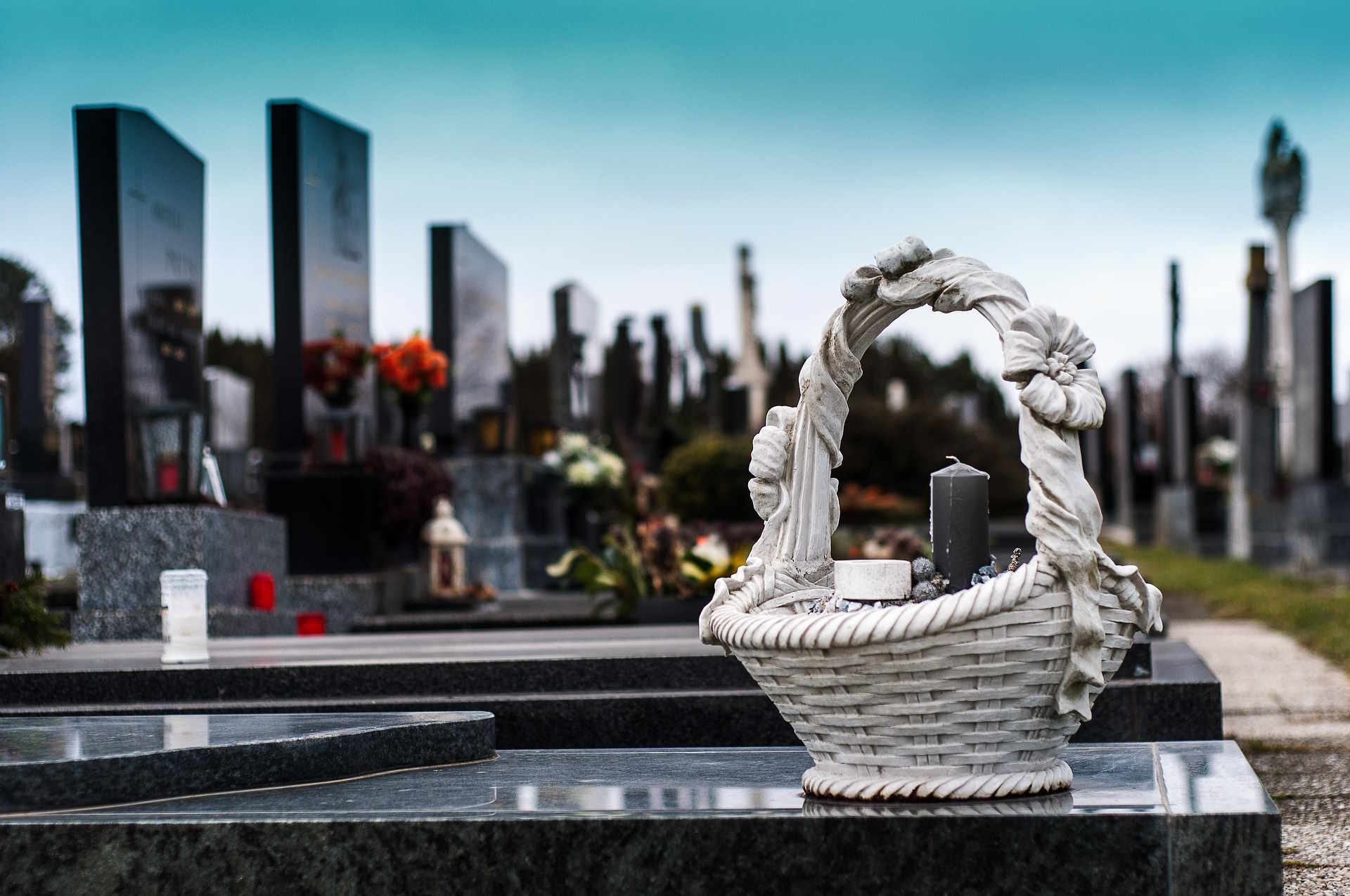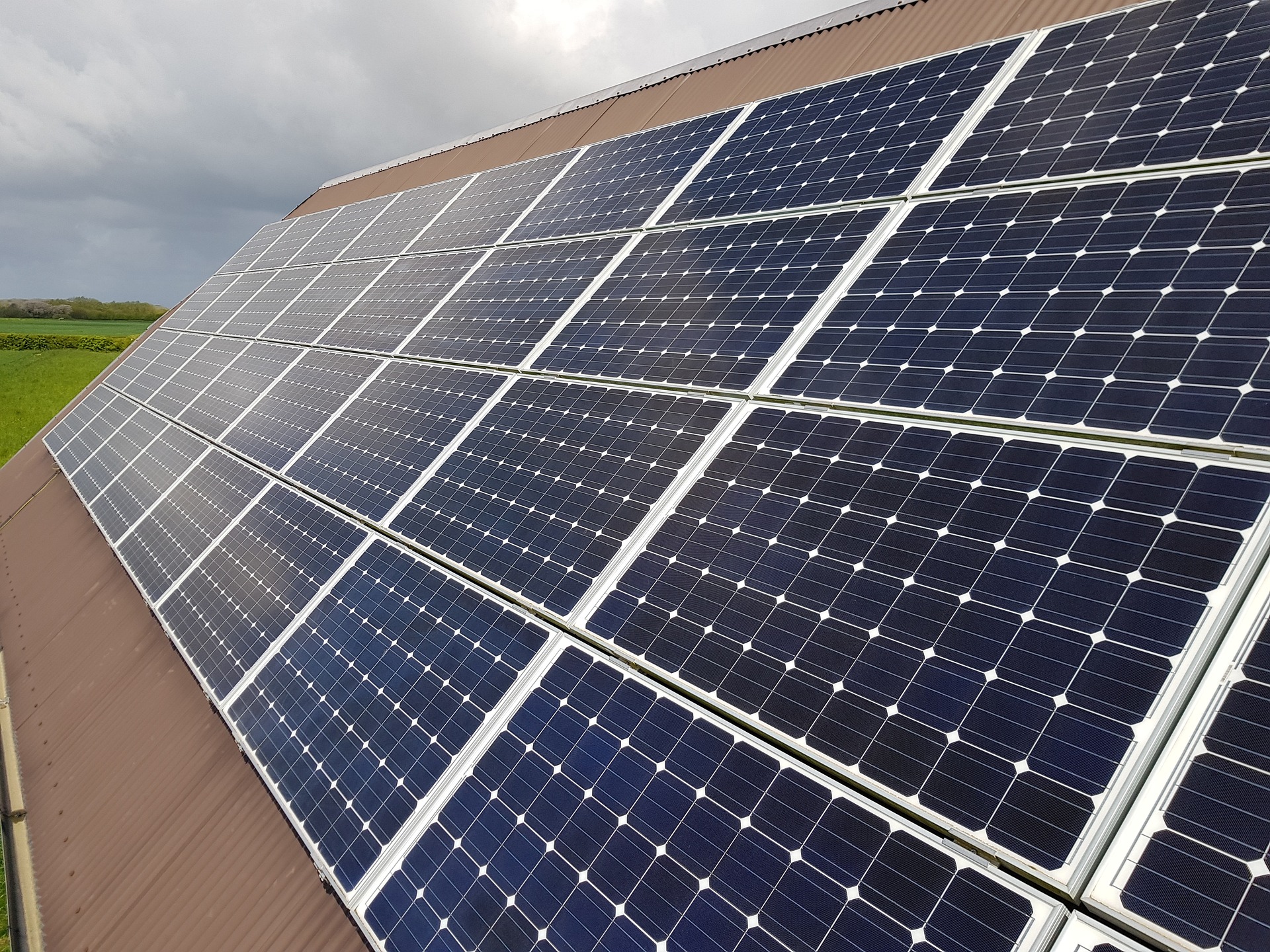Understanding the Cremation Process: A Comprehensive Guide to Modern Memorial Practices
As more people consider cremation as a viable option for handling remains, understanding the process, associated costs, and various options available becomes crucial. This article takes an in-depth look at what happens during cremation, the role of direct cremation providers, and other aspects related to this increasingly popular method of disposition.

Cremation Steps Uncovered
The cremation process follows a carefully structured sequence designed to maintain dignity and respect. Initially, the deceased is identified through verification procedures that match paperwork with identification tags. This crucial step ensures no mistakes occur during the process. The body is then prepared, which typically involves removing pacemakers, jewelry, or medical devices that might react to extreme heat. Family members may request the return of personal items before cremation begins. Next, the deceased is placed into the cremation chamber, often called a retort. Staff members maintain detailed records throughout, documenting each step to ensure transparency and accountability for families.
High-Heat Process Demystified
Modern cremation relies on sophisticated technology that carefully controls extreme temperatures. The cremation chamber reaches between 760-980°C (1400-1800°F), temperatures necessary to efficiently reduce the body to its basic elements. The intense heat triggers a process called incineration that breaks down organic matter while preserving bone fragments. Contrary to common misconceptions, flames rarely directly contact the body; rather, the extreme ambient heat within the chamber facilitates the process. Modern cremation systems also incorporate advanced filtration technology that minimizes environmental impact by capturing emissions before they enter the atmosphere. These systems operate with computer-controlled precision to ensure optimal efficiency while maintaining respectful handling of the deceased.
Essential Permits Explained
Before cremation can proceed, several legal requirements must be satisfied. In the UK, the process requires a Certificate for Cremation (Form 4) signed by two registered medical practitioners. Additionally, the Application for Cremation (Form 1) must be completed by the executor or nearest relative of the deceased. The Cremation Authority also requires the Registrar’s Certificate for Burial or Cremation (the “green form”), which confirms the death has been properly registered. These documents verify the identity of the deceased and confirm there are no legal or medical reasons preventing cremation. The paperwork process typically takes 2-5 working days to complete, though this timeframe may extend if the death requires investigation by a coroner.
Simple Container Necessities
Cremation containers serve both practical and ceremonial purposes in the process. Regulations require that the deceased be placed in a combustible container before entering the cremation chamber. While elaborate caskets are not necessary, the container must meet specific requirements: it must be completely combustible, free of metal components (except for minimal joinery elements), and structurally sound enough to support the weight of the deceased. Many families opt for simple wooden coffins, cardboard containers, or purpose-designed cremation caskets. Some crematoriums also offer environmentally friendly options made from sustainable materials like bamboo, willow, or unfinished pine. These containers decompose more readily during the cremation process while minimizing environmental impact.
Hour-Long Transformation
The actual cremation process takes approximately 1-3 hours to complete, though this timeline varies based on several factors. The primary cremation typically requires 1-2 hours, depending on the size of the individual, the type of container used, and the specific operational parameters of the cremation equipment. Following the primary process, crematorium staff carefully collect the remaining bone fragments, which are then processed into a fine, sand-like consistency that families recognize as “ashes.” The entire process, from arrival at the facility to the return of remains to the family, usually takes 1-2 working days. Many crematoriums schedule cremations to allow families to receive remains the same day or the following morning, though this varies by facility and circumstances.
Costs and Service Options
Cremation services in the UK typically range from £800 to £3,500, depending on the level of service selected. This price variation reflects significant differences in what each package includes, from direct cremation with minimal ceremony to full-service options with viewing and memorial services.
| Service Type | Average Cost (UK) | What’s Typically Included |
|---|---|---|
| Direct Cremation | £800-£1,500 | Basic cremation, simple container, no service |
| Simple Cremation | £1,500-£2,500 | Basic cremation, simple coffin, brief ceremony |
| Traditional Cremation | £2,500-£3,500 | Full service, viewing option, higher-quality coffin |
| Premium Package | £3,500+ | Comprehensive services, premium coffin, additional memorialization options |
Prices, rates, or cost estimates mentioned in this article are based on the latest available information but may change over time. Independent research is advised before making financial decisions.
Understanding cremation allows families to make informed decisions during challenging times. The process combines careful technical procedures with respectful handling of remains, all governed by strict regulations designed to maintain dignity. From the initial documentation to the final return of ashes, cremation staff follow established protocols that honor the deceased while providing families with a meaningful alternative to traditional burial. As cremation continues to grow in popularity, facilities continue to refine their processes, offering more personalized options while maintaining the essential elements that have made this practice a trusted memorial choice for generations.




